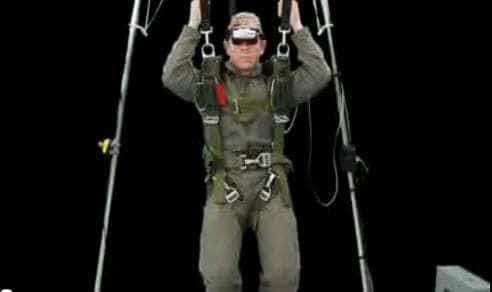The Department of Defense is looking into the ability to use wearables for more effective soldiers and airmen.
Wearable technology is one of the next types of product being examined by the Department of Defense, as it seeks to provide an advantage to soldiers and airmen in combat by bringing them lightweight tech equipment.
The Pentagon has already made an investment of millions of dollars into various aspects of wearables.
The purpose of the investments is to make wearable technology smaller, lighter, and more powerful so that it is more practical for soldiers and airmen to carry it with them. This tech includes a number of different forms, such as head mounted displays for helmets that would give combat airmen on the ground the ability to connect with what can be seen by airborne cameras. This could provide air traffic controllers with a better opportunity to identify the places where aircraft can fly. This, according to the Battlefield Air Targeting Man-Aided Knowledge (also known as the BATMAN lab) chief engineer, Gregory M. Burnett, at the Air Force Research Laboratory at the Ohio Wright-Patterson base.
The wearable technology would augment and enhance the capabilities of a range of tasks for troops.
 Burnett explained that “We’re really trying to augment the operator and aid them throughout their many duties and responsibilities that they conduct in combat and humanitarian assistance.” He added that “Anything we can alleviate and reduce the cognitive and physical needs on our airmen is very much of interest to the Air Force.”
Burnett explained that “We’re really trying to augment the operator and aid them throughout their many duties and responsibilities that they conduct in combat and humanitarian assistance.” He added that “Anything we can alleviate and reduce the cognitive and physical needs on our airmen is very much of interest to the Air Force.”
Among the wearables research projects, which has been nicknamed “Warrior Web”, a form of tech is being investigated that is designed to be lightweight and worn under a soldier’s suit. It is designed to make it simpler for troops to be able to carry loads that weigh over 100 pounds, even when they need to travel for miles over rough terrain. That reinforced wearable technology suit, said the Defense Advanced Research Projects Agency, includes a range of different sensors that gather and track data about the individual soldier who is actually wearing it. The goal of the U.S. Army Research Lab is to monitor the suit to discover its ability to reduce the risk of fatigue and injury.
